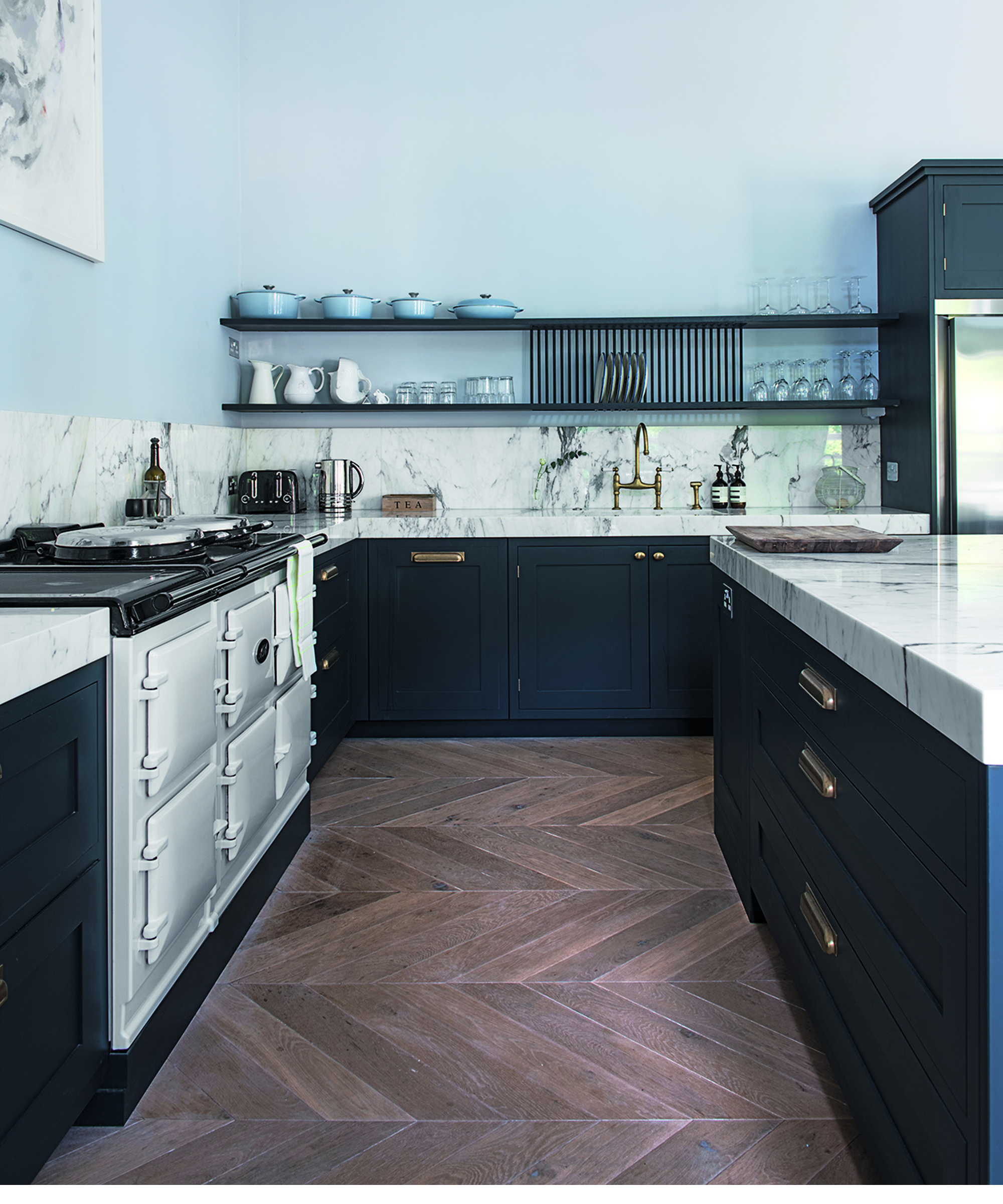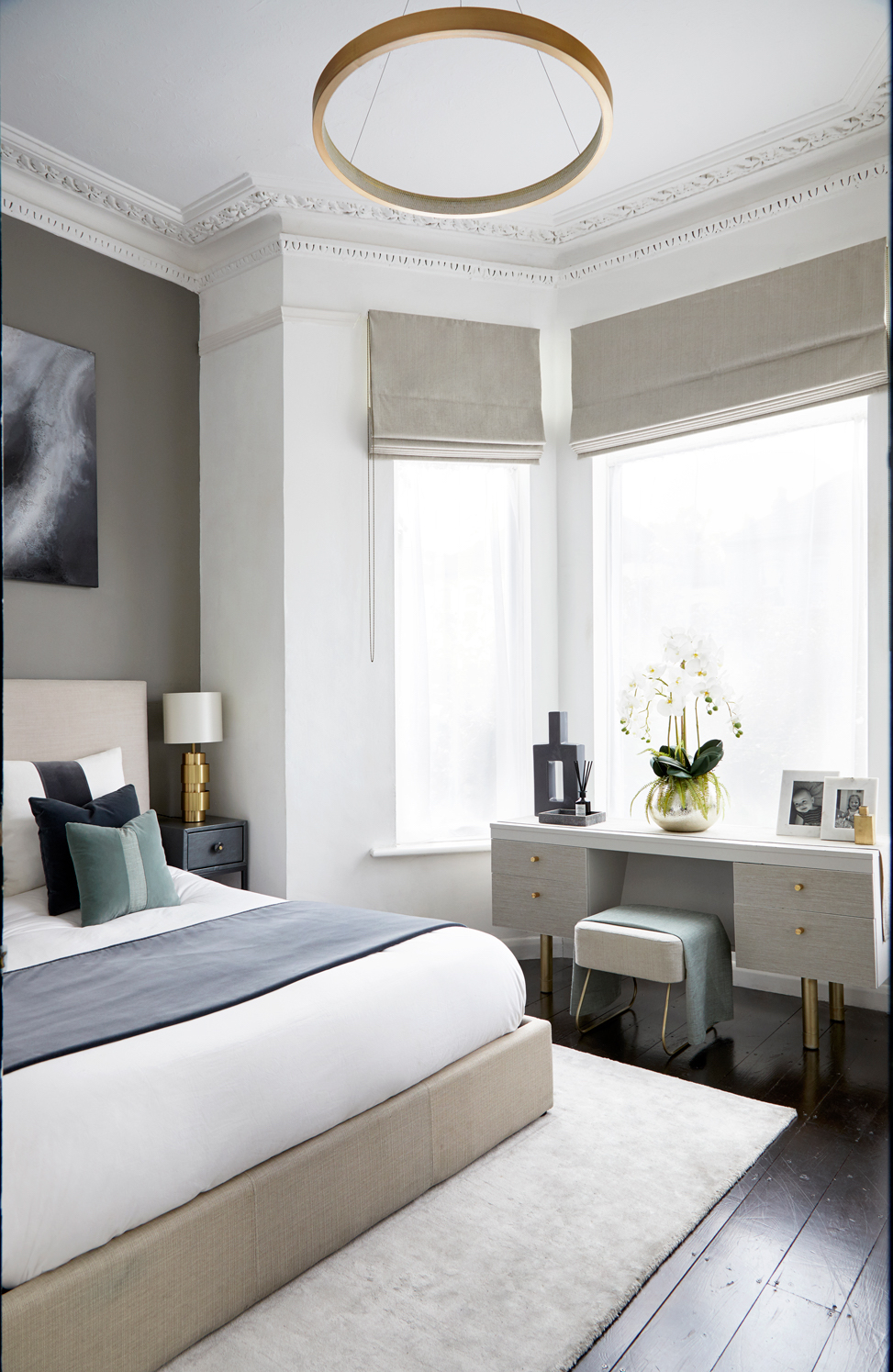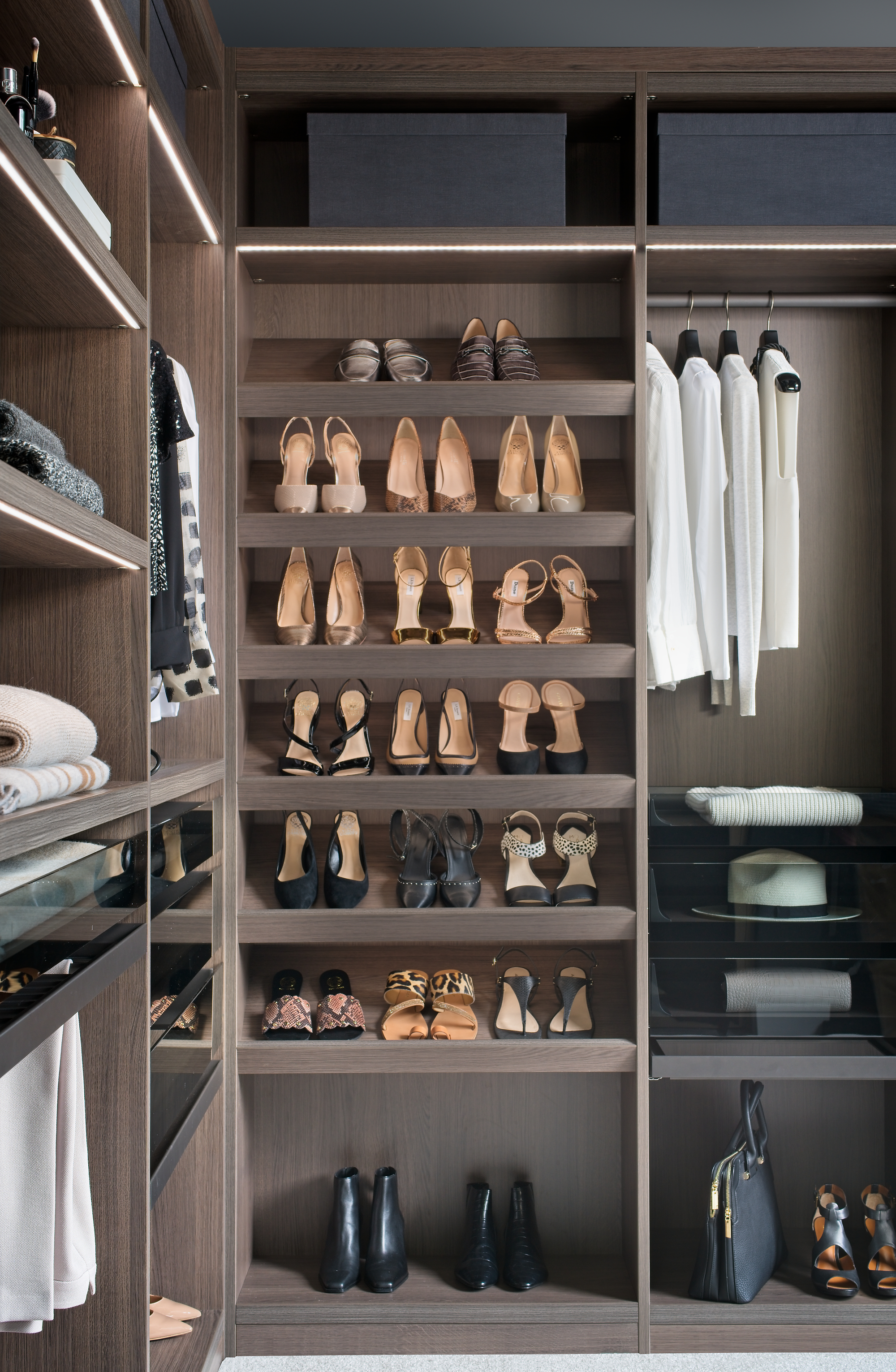9 ways to future-proof your home for later life
Find out how to create a home that will meet all your needs as you grow older with this expert advice


You've found your forever home. Congratulations! Finally, you've found the one: the house that is truly your home for life; the one where you will raise a family, tend to the garden over the years, and make all kinds of improvements to make it even better over the years.
But as you change and grow older, so your home will also need to change. Perhaps you are already older and need to make tweaks to make your life more comfortable. Or maybe you are just thinking ahead and want to know how to future-proof your home for later life in advance.
Whatever your reasons, making a few wise choices now will help you renovate your home to meet your needs as they change. Here are the main areas to focus on, according to home improvement experts and architects.
Future-proof your home for later life
One thing people legitimately worry about is turning their beautiful home into something that looks more like a senior citizens' facility. Understandably, no one wants that, even if changes do need to be made to accommodate mobility issues. Thankfully, you can make gradual changes to your home to ensure it remains aesthetically pleasing and functional for years to come:
1. Rethink entry points

This is the first and most obvious point. Steps are the number one issue people have with their homes as they age. Diana Melichar is the owner of Illinois-based Melichar Architects and is certified by the National Association of Home Builders as an “Aging-In-Place” specialist. She is unequivocal about the need to reassess the entry points to your home as you grow older. She reminds homeowners that having 'just one step into your home automatically makes it unsuitable for anyone with mobility issues.'
Ideally, have your entryways redesigned so that you can enter your front door from a level surface outside and your garage door from a ramp. Sometimes, the front entry point cannot be leveled, so a side ramp will also become necessary.
2. Make doorways and hallways wider

This is essential if you are using or planning to use a wheelchair or a walker. You'll need to rethink doorways and hallways as a minimum. Diana Melichar recommends choosing doors that are at least 2'-10” wide. This will provide 2’-8” clearance when the door is in the open position so that a wheelchair can fit.'
Design expertise in your inbox – from inspiring decorating ideas and beautiful celebrity homes to practical gardening advice and shopping round-ups.
Where hallways are concerned, 'they are more accommodating at 3’-6” wide than 3’-0” or less.' Of course, widening hallways is no small feat, and if your hallway is really narrow without any way to make it wider, you may need to consider changing the layout in that part of the house, including knocking through and going open plan.
Melichar reminds homeowners that 'it’s important that there are places to turn a wheelchair around so you don’t get stuck in a room. A 5’-0” circle is the basic rule.'
3. Eliminate trip and slip hazards

This can be achieved with a few easy tweaks and typically won't require any major work to your home, but it can make a dramatic difference to how safe a home is for an older person.
First, consider the flooring in your home. Bathroom flooring and kitchen flooring can get especially slippery due to water and food spills. If you are older, it may not be such a good idea to have slippery ceramic tiles in these rooms. Consider luxury vinyl flooring instead. If you already have tile, you can buy non-slip mats – such as this geometric bamboo bath mat from Wayfair – and install them strategically in areas that tend to get wet and slippery.
Living rooms and bedrooms can be made safer with rugs, but ensure those don't move around too much. Secure them with furniture whenever possible.
Finally, don't forget about bathtub and shower stickers. These truly could save your life because a fall in the bathroom can lead to a serious injury.
4. Replace the tub with a shower

Which brings us to the question of bathtubs vs. showers. Yes, having a soak in the tub is a joy. Sadly, for many of us, as we get older, bathtubs do present a mobility challenge that will only get worse with time. Diana Melichar recommends installing a zero-clearance shower instead of a tub.
The truth is, Melichar says, 'lifting a body out of a tub is really hard,' especially if you have back or joint problems or other mobility issues. She also advises buying a shower head on a hose instead of stationary on the wall. This option is 'helpful if you’re bathing on a shower chair.'
If you have the budget for it, a walk-in shower will still give you a luxurious experience without the need to lift yourself out of a tub.
5. Turn to smart tech for help
Smart technology and special assistance tech can help folks who are beginning to have problems with hearing or vision. For example, a smart smoke detector like the Good NEST from Amazon has an app that can be shared with family members who can be notified of a smoke problem even if the owner cannot hear/see the alarm. Some smart alarms also automatically notify the fire department if there is a problem.
6. Introduce more, brighter lighting

As we age, many of us begin experiencing challenges with our vision. You've probably already invested in a nice reading lamp, but you should also consider making lighting brighter on stairways, hallways, and other transitional spaces in your home.
For her senior clients, Melichar prefers adding lighting 'to the underside of each stair step, and lighting under cabinets in bathrooms and kitchens.' Melichar's extra tip is introducing spotlights in contrasting colors to improve visibility even more since blues, greens, and yellows can be difficult to see for people with age-related vision problems.

Diana is the Owner at Melichar Architects. She has over thirty-five years of architectural design and construction experience and is certified by the National Association of Home Builders as an “Aging-In-Place” specialist.
7. Consider extreme weather events
Extreme weather increasingly affects everyone's homes, but older people are especially vulnerable to the chaos extreme weather can wreak. Dealing with storm or flood damage to your home is much more daunting and physically difficult when you're older.
The solution? Jill Kolling, Vice President & Chief Sustainability Officer at James Hardie, recommends safeguarding the future of your home by investing in weatherproof materials.
For example, if you have wood siding in your home, you might consider replacing it with fiber cement siding instead. Using a strong material like this 'boosts the resilience of your home,' making it more capable of withstanding UV damage, high winds, and shrinking or swelling from floods.
'Fiber cement siding is also low maintenance, which makes it an exceptional long-term investment for homeowners,' says Jill.

Jill Kolling joined James Hardie as Vice President, ESG & Chief Sustainability Officer in March 2022. She has a background in Environmental, Social & Governance consulting and product development.
8. Replace a real fireplace with gas

A fireplace is a beloved traditional feature in many homes. But if yours is a fully functional wood-burning fireplace, all that wood hauling, stacking, and clearing out the ash will eventually become physically difficult.
The solution? Convert your fireplace to gas. Mike Swanson, Fireplace Expert at Heat&Glo, explains that if you have a standard masonry-built wood-burning fireplace, you have three options:
- Have a direct vent gas insert installed
- Have unvented gas logs or a vent-free insert installed
- Have vented gas logs installed
A heating or fireplace expert will be able to advise which option fits your home best.
9. Consider making multi-functional design changes

Finally, consider making changes to your home gradually. It's likely you won't want to install mobility equipment unless and until you need it. Fortunately, there are ways to prepare your home for potentially more drastic changes without installing them straight away.
Diana Melichar explains that it's possible to plan for an elevator chair in advance, for example. The way she does this is by ''stacking” walk-in closets on each floor: ''we can easily convert the closets for future elevator use. Those closets might be used now for kitchen walk-in pantries, second-floor linens, and suitcase storage.''
You can even have temporary cabinetry installed that can later provide mobility help. 'We’ve designed cabinetry that can be later swapped out',' says Melichar. 'At first, your bathroom cabinet might be full storage; later, the bottom part can be removed to provide leg room under the sink for a wheelchair user.'
The best way to introduce the features you require without compromising too much on the aesthetic quality of your home is to hire a qualified architect to do the job. Yes, it will cost more than having a ramp/elevator/accessible shower. However, an architect can make the necessary changes while keeping your home looking good. Hire an architect with a CAPS (Certified Aging-in-Place Specialist) certification.

Anna is a professional writer and academic. She taught English Literature for several years before joining Future where she wrote for Real Homes, Homes & Gardens and Livingetc for four years. She is a regular contributor for Parade Home, BiggerPockets, and many other publications. In her spare time, Anna enjoys hiking and gardening.